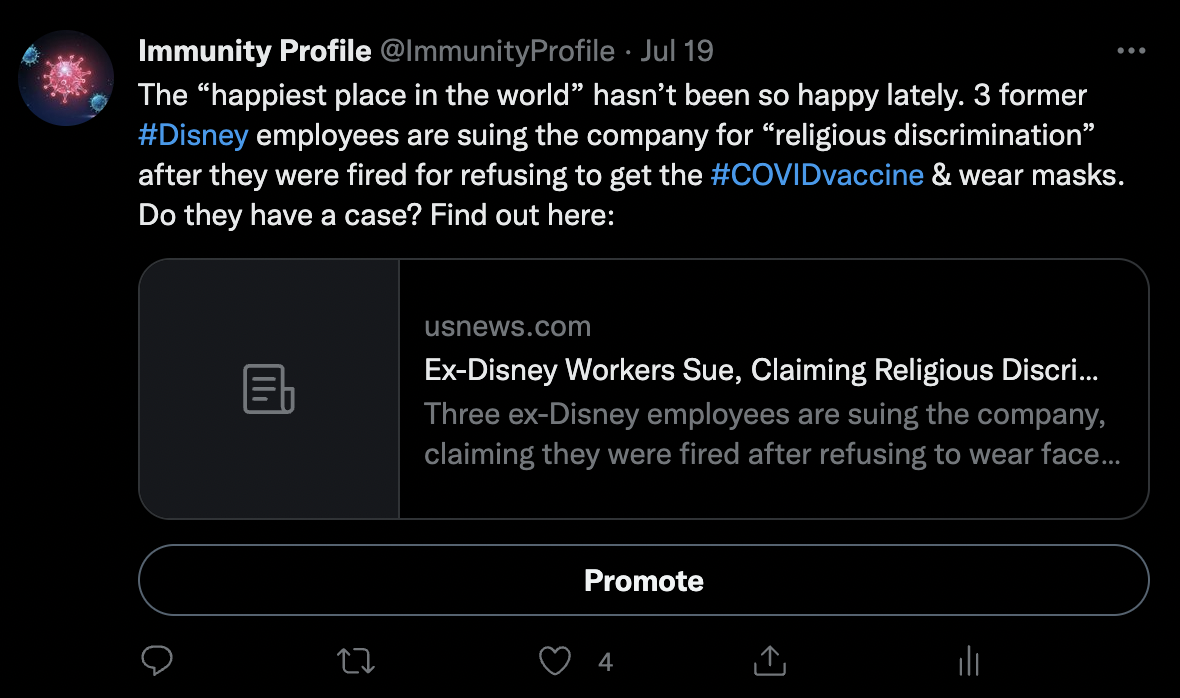A website’s design is one of the most important aspects of its branding.
It’s the first thing that potential customers see, and it can make or break their first impression of you.
If you want your website to be successful, you need to incorporate your brand essence into its design. These 5 tips will help you get started:
1. Images
Your website’s imagery should reflect your brand essence. Make sure to choose high quality photos that really showcase your business and avoid stock photos that are obviously fake.
No matter what kind of imagery you choose, make sure it’s cohesive site-wide. If you have specific brand colors, consider incorporating these into your images as well.
Naturally, the most highly-regarded image on your site should be your logo–especially when it comes to brand essence. It should be included in your header so that it’s clearly visible on every page, keeping your brand at the forefront of visitors’ minds.
2. Understanding color psychology
Color is one of the most important aspects of web design. It can influence a viewer’s emotions and perceptions, so it’s important to choose colors that reflect your brand essence.
In fact, consistent use of color has been psychologically proven to improve brand recognition by up to 80%.
Choose colors that will accurately reflect the feeling you want your website to evoke.
If you want your website to appear warm and inviting, use colors like red, orange, pink, or yellow. For a more calming or neutral effect, try blue, green, or brown.
You should also consider the different connotations of each color. For example, red is often associated with energy and excitement, while blue is often associated with trust and stability.
3. Message
What message do you want to convey with your brand? How do you want your site visitors to feel when they land on your page?
You’ll need to learn how to use different brand assets to ensure that your message comes across as clearly and effectively as you intend for it to. This includes clearly stating your mission on multiple pages of your site, such as the about and product pages.
4. Fonts and typography
Your website’s typography is just as important as the colors you choose. All fonts should be consistent, legible, and on-brand to help customers recognize your business.
For example, you may wish to consider using one font for your site headings, then a similar but slightly different font for the body. Ideally, you’d have no more than 3 or 4 different fonts on your site. As long as both fonts are clear and easy to read on all devices, you’re on the right track.
5. Tone
Your website’s tone should be consistent with your brand essence. This is what will give your content depth and personality.
If you want people to view you as a fun, lighthearted brand, your website tone should reflect that. This will help you come across as relatable and friendly. For example, Poptarts is known for their outrageous and hilarious social media posts.

On the other hand, if your goal is to be taken more seriously, a more formal tone like that of Immunity Profile below may be best. This will help you come across as reliable and dependable.

Your tone is incorporated into more than just your content, however. It should also be consistent across all customer interactions, whether that be in comments, messages, or other customer service exchanges.
After you've nailed down your ideal brand essence, it's time to start consistently connecting with your customers and making sure every aspect of your website and brand are cohesive. Not sure where to start? Schedule a free 45-minute strategy session with Bizzuka today!

